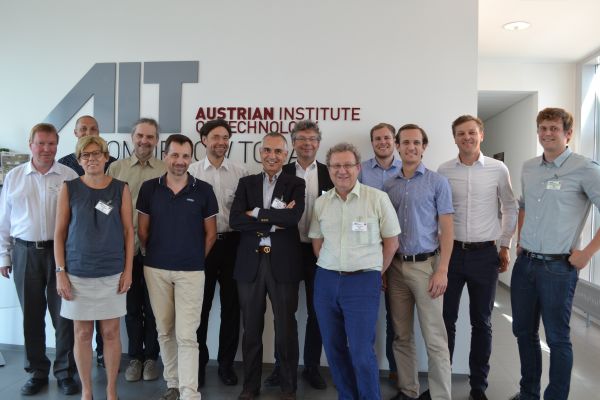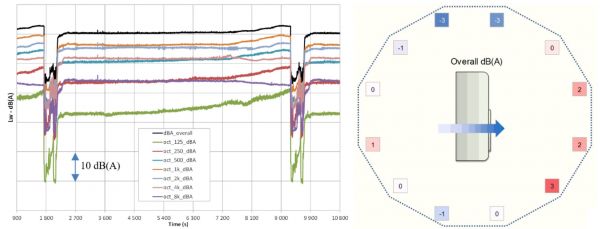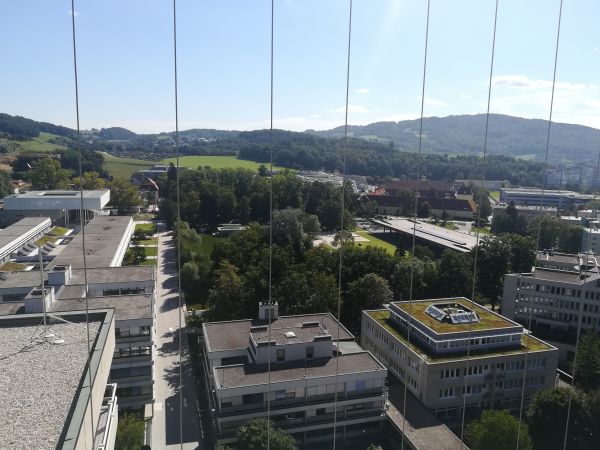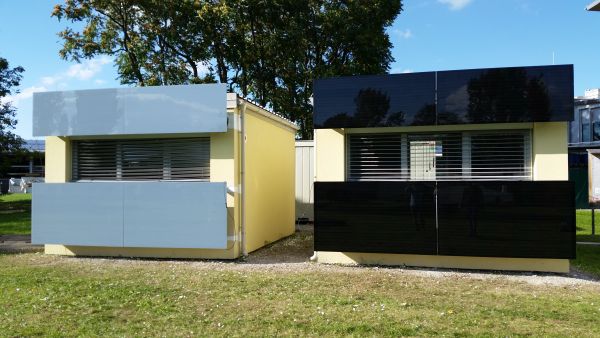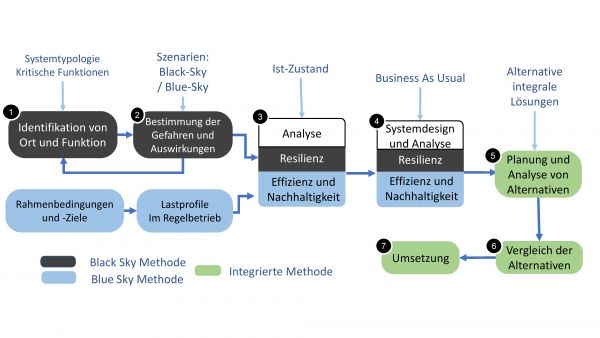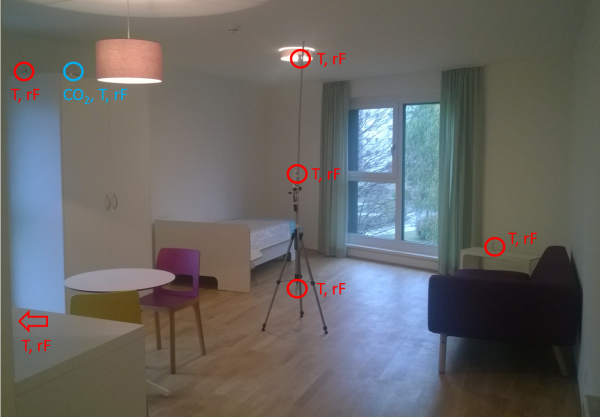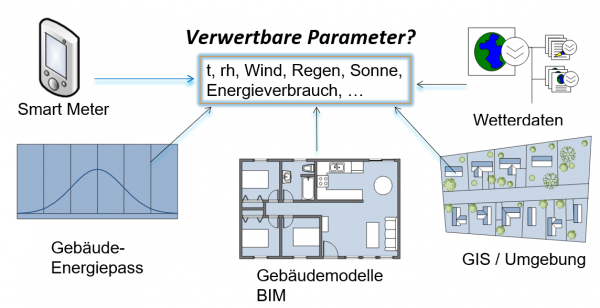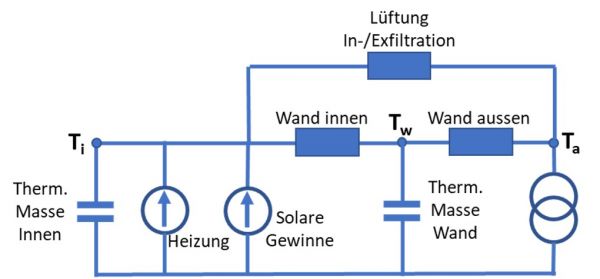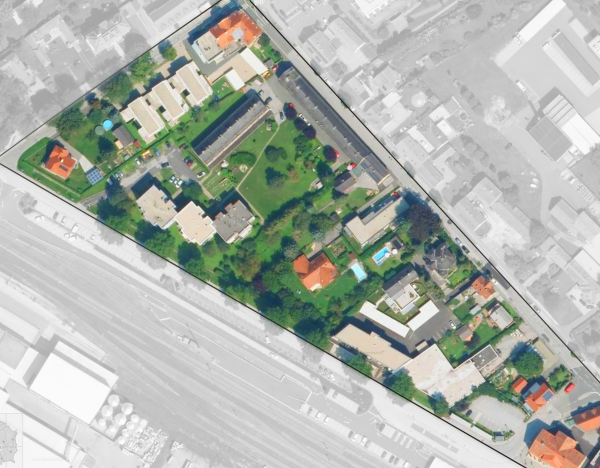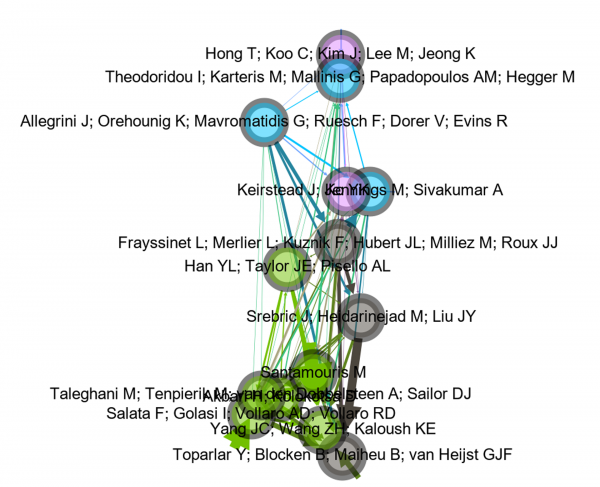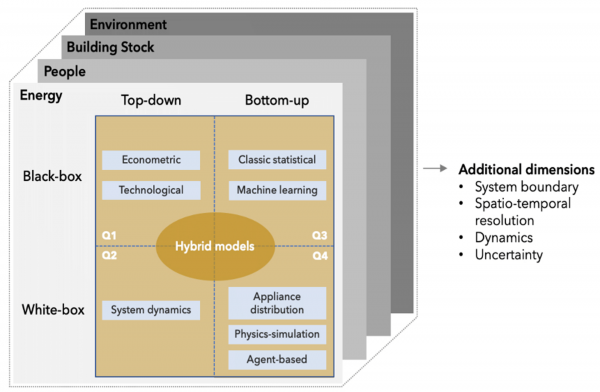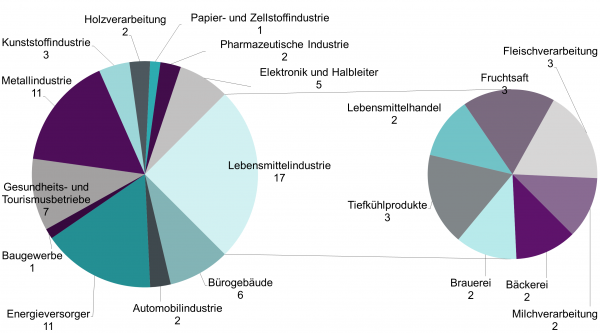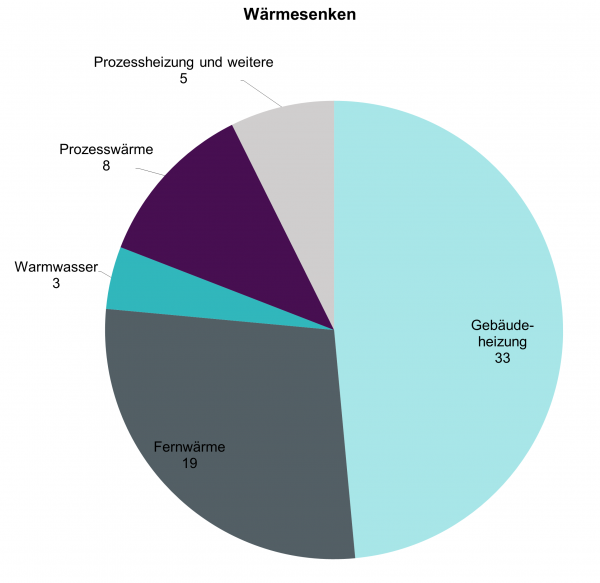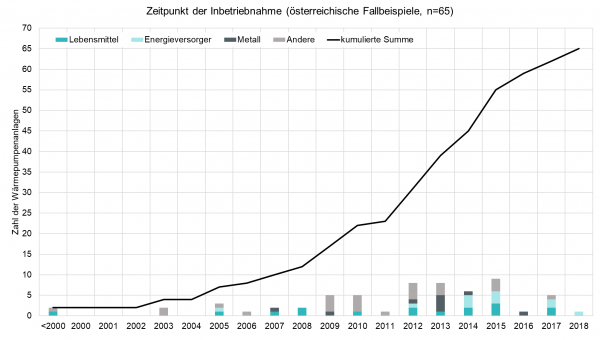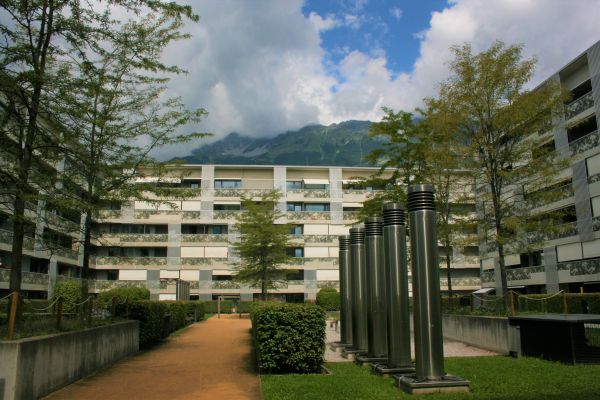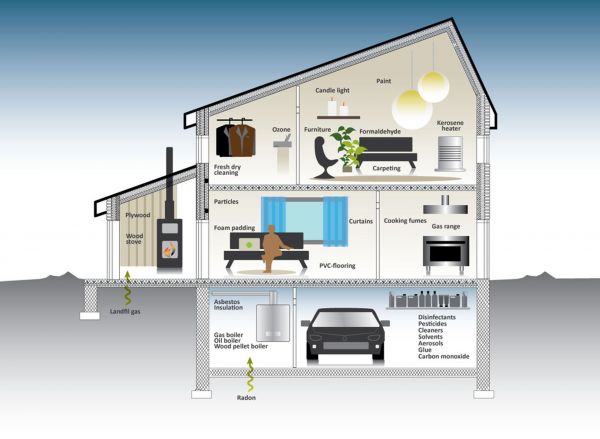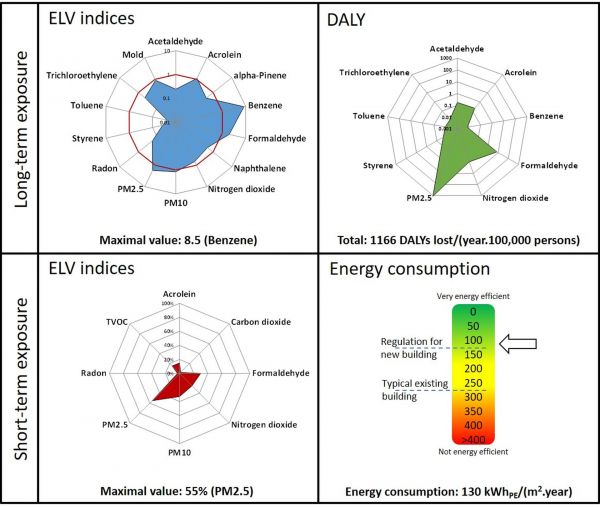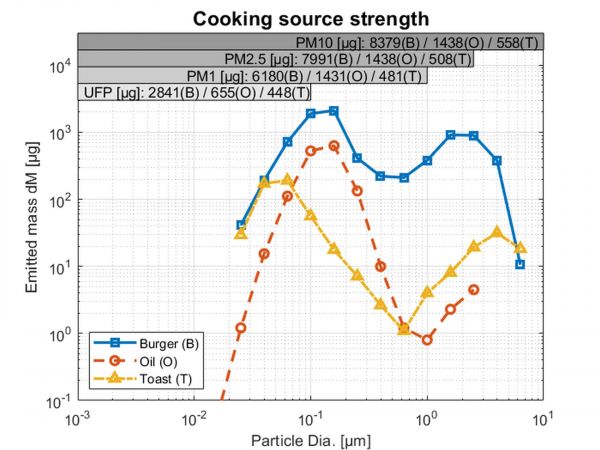Project Image Pool
There are 397 results.
Terms of use: The pictures on this site originate from the projects in the frame of the programmes City of Tomorrow, Building of Tomorrow and the IEA Research Cooperation. They may be used credited for non-commercial purposes under the Creative Commons License Attribution-NonCommercial (CC BY-NC).
nZEB - Residential Building D12 – Aspern / Vienna / Austria
The residential building “D12” is a block of 7 buildings with 4-6 storeys each, commercial use on the ground-floor on 900 m². The conditioned gross floor area is about 19,080 m². The buildings’ heating and DHW system is basically based on different heat pump technologies. The overall energy delivering system is designed to support demand response with a multitude of different energy sources. The building blocks are in operation since March 2016.
Copyright: Fotos by Herta Hurnaus
Group photo of the IEA HPT Annex 51 team
Group photo of the IEA HPT Annex 51 team at the kickoff meeting at AIT in Vienna from 20-21 June 2017.
Copyright: AIT, Österreich
Time evolution of sound power level and radiation pattern
(left) Time-dependent A-weighted sound power level (in octave bands) between two de-frosting phases. (right) Directivity for the A-weighted total sound pressure level at a height of 75 cm.
Copyright: AIT, Österreich
Campus of the Johannes-Kepler university in Linz
A bird's eye view shows the potential of the university campus JKU. Many buildings from different construction ages can become much more efficient through thermal and electrical renovation. This also makes it easier to supply them with a local energy system based on renewable and combined heating and cooling, and to maintain critical functions even in difficult situations.
Copyright: AEE INTEC
Test objects with photovoltaics from the south, left: unconditioned, right: conditioned with the COOLSKIN system
Two identical test buildings are available on the campus of Graz University of Technology, which have an almost identical thermal behaviour. The functional model of a PV-powered façade-integrated cooling and heating system developed in the COOLSKIN project was installed in one of the buildings, the second remained unconditioned. The developed system was successfully tested in a 1.5 year monitoring period.
Copyright: TU Graz
nZEB office building Post am Rochus
The building owner’s goal was to design, build and use a modern, comfortable building. The building development process aimed to have very high standards of sustainability and energy efficiency in achieving, commissioning and operation. Therefore, the construction project was supported by research experts from the Austrian Institute of Technology (AIT). The overall objective of the research project was to shorten the commissioning phase by detailed investigation and optimisation of the control strategies of the building services engineering. Through the application of integral planning, construction/operating companies were brought together with experts. The results were clearly documented and control strategies were hardware tested in advance so that malfunctions could be detected, avoided and eliminated.
Copyright: Fotos by Chrisitan Stemper für Österreichische Post AG
Process scheme for integrated Energy Master Planning that leads to a Resilient Energy System
How can we achieve resilient energy supply for buildings with critical infrastructure, based on renewable sources? Let us start with analysing the critical functions, assess the resilience, efficiency and sustainability of existing systems and add innovative and validated renewable energy sources as well as storage elements. This diagram shows you how to proceed.
Copyright: AEE INTEC
Measurements setup in test dwelling
The pictures shows the measurement setup in an unoccupied dwelling in the fieldstudy object "An der Lan" from the Innsbrucker Immobilien Gesellschaft.
Copyright: Gabriel Rojas, Universität Innsbruck
Data soures
Schematic drawing of the usable parameters from different possible data sources.
Copyright: Susanne Metzger, Technische Universität Wien
Model scheme
Scheme of a resistor-capacitance model (RC model) which can describe the heatflows of a building in a simplified manner.
Copyright: Gabriel Rojas, Universität Innsbruck
Aerial view case study Gleisdorf
Aerial view case study Gleisdorf
Copyright: AEE INTEC
Co-Citation analysis in Gephi
Screenshot of the co-citation network of cited papers, including authors.
Copyright: ÖGUT
Classification scheme for building stock energy models
The classification scheme establishes a flexible framework for high-level model classification that: (a) builds from existing classification frameworks while accounting for emerging simulation-based, data-driven, and hybrid modeling techniques; (b) recognizes the potential sub-layers of a building stock energy model; and (c) encourages the description of additional model dimensions that are not readily captured by a high-level classification.
Copyright: Langevin et al (2020)
Austrian examples for industrial heat pumps, distribution in industrial sectors
A total of 68 examples of industrial heat pumps in Austria were collected. Those systems are considered that are integrated into an industrial or commercial process on the heat source and/or sink side. The examples come from various sectors whose good suitability for heat pumps is already known, such as the food industry (17 examples), energy suppliers (11 examples) and the metal processing industry (11 examples).
Copyright: AIT Austrian Institute of Technology GmbH, TU Graz
Austrian examples for industrial heat pumps: heat sinks
Industrial heat pumps are most often used to heat buildings (33 examples) or to provide district heating (19 examples). Heat supply for processes occurs in 13 examples.
Copyright: AIT Austrian Institute of Technology GmbH, TU Graz
Austrian examples for industrial heat pumps: time of commissioning
Numerous industrial heat pumps were put into operation after 2012. This clearly shows that the spread of industrial heat pumps in Austria is increasing and that more information about these systems is also being published.
Copyright: AIT Austrian Institute of Technology GmbH, TU Graz
Outside air intake of the Passive House apartment complex Lodenareal
The photo shows the inner courtyard of the passive house residential complex in Innsbruck with the intake openings for the controlled residential ventilation
Copyright: G. Rojas, Universität Innsbruck
Indoor air pollutants in residential housing
This figure illustrates possible indoor air pollutant sources in residential buildings.
Copyright: B. Oleson, Technical University of Denmark (DTU)
Example illustration of the Indoor Air Quality metric of Subtask 1
An example of Indoor Air Quality / Energy signature for low-energy residential buildings (data represented here are just for display and do not represent actual situation).
Copyright: M. Abadie, University of La Rochelle
Particulate matter emissions during cooking
The figure shows the emitted particulate matter mass as a function of particle size for three different cooking processes.


